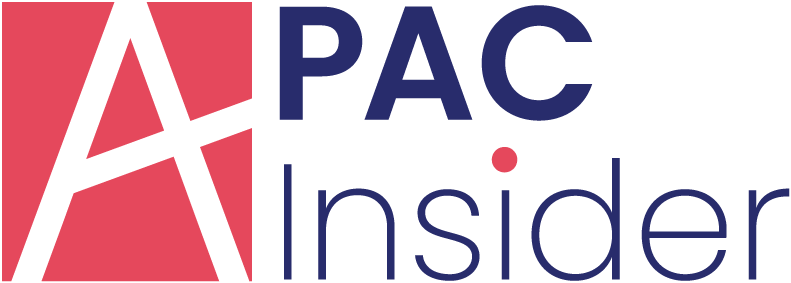
In the vast and intricate world of legal battles, the voice of the collective often resonates louder and farther than that of an individual.
Class action lawsuits, a legal mechanism where a large group of people collectively bring a claim to court, have historically been a potent tool to bring about justice where individual litigation might falter.
However, despite its potential for social and economic justice, the path to filing and sustaining class action lawsuits has been fraught with numerous challenges, primarily due to the substantial financial resources they require. Enter the game-changer: Litigation Financing.
A History of Class Action Lawsuits
Class action lawsuits have long been heralded as a beacon of collective justice, enabling individuals to band together and challenge entities far surpassing them in resources and power.
From the infamous tobacco litigation in the 90s to the more recent lawsuits against big tech companies, class actions have proven to be a pivotal tool in holding corporations accountable.
However, the road to victory, or even to the courtroom, has often been obstructed by significant financial hurdles.
The sheer cost of legal expertise, coupled with the lengthy durations of such lawsuits, has often deterred potential litigants, stifling many cases before they could even take root.
The Rise of Litigation Financing
Litigation financing, or legal financing, emerges as a beacon of hope amidst the financial tumult often associated with legal battles.
It refers to the practice where a third party, unrelated to the lawsuit, provides capital to a plaintiff involved in litigation in return for a portion of any financial recovery from the lawsuit.
This mechanism is not merely a loan but an investment into the lawsuit itself, where the return is contingent upon a favorable outcome of the case.
For plaintiffs and law firms embroiled in class action lawsuits, litigation financing can be the wind beneath their wings, providing them with the necessary financial resources to sustain prolonged legal battles against often well-funded defendants.
It enables them to cover legal fees, operational costs, and even personal expenses, thereby ensuring that the lawsuit can proceed without being hampered by financial constraints.
Impact On Class Action Lawsuits
The infusion of litigation financing into the realm of class action lawsuits has been nothing short of transformative. It has democratized access to legal recourse, enabling a wider demographic to participate in class action lawsuits, which might have otherwise been financially unfeasible.
Moreover, it has balanced the scales of justice, allowing plaintiffs to stand toe-to-toe against formidable defendants without being overshadowed by the latter’s financial prowess.
Critics & Controversies – Navigating The Ethical Dilemmas
Despite the apparent advantages, litigation financing is not without its critics and controversies. Detractors argue that it can potentially skew the legal process, with third-party financiers influencing the proceedings to safeguard their investment.
E
ethical concerns also arise regarding the potential for exploitation, where financiers might prioritize their financial gain over the genuine pursuit of justice for the plaintiffs.
Legal purists express concerns that litigation financing might encourage frivolous lawsuits, as individuals and law firms, devoid of financial risk, might be tempted to pursue legal action with dubious merits. This further compounds risks for business owners, who are already staying abreast of legal news, particularly mass tort lawsuits and class action claims being filed.
Furthermore, the substantial returns expected by financiers upon a successful lawsuit might significantly diminish the actual compensation received by the plaintiffs, thereby diluting the very essence of financial justice that class action lawsuits aim to achieve.
Conclusion
Litigation financing, with its ability to unlock the gates of legal recourse for many, undeniably heralds a new era in class action lawsuits. It dismantles financial barriers, enabling a broader spectrum of society to challenge injustices that might otherwise go unaddressed.
However, like any potent tool, it demands judicious use and stringent regulation to ensure that it serves its intended purpose of facilitating justice rather than morphing into a mere investment gamble.
As we navigate through this new age of empowered legal battles, the onus is upon legislators, legal practitioners, and financiers alike to forge a path that upholds the sanctity of justice. Striking a balance between enabling access to legal resources and preventing potential misuse is imperative to ensure that litigation financing serves as a true ally in the pursuit of justice.























